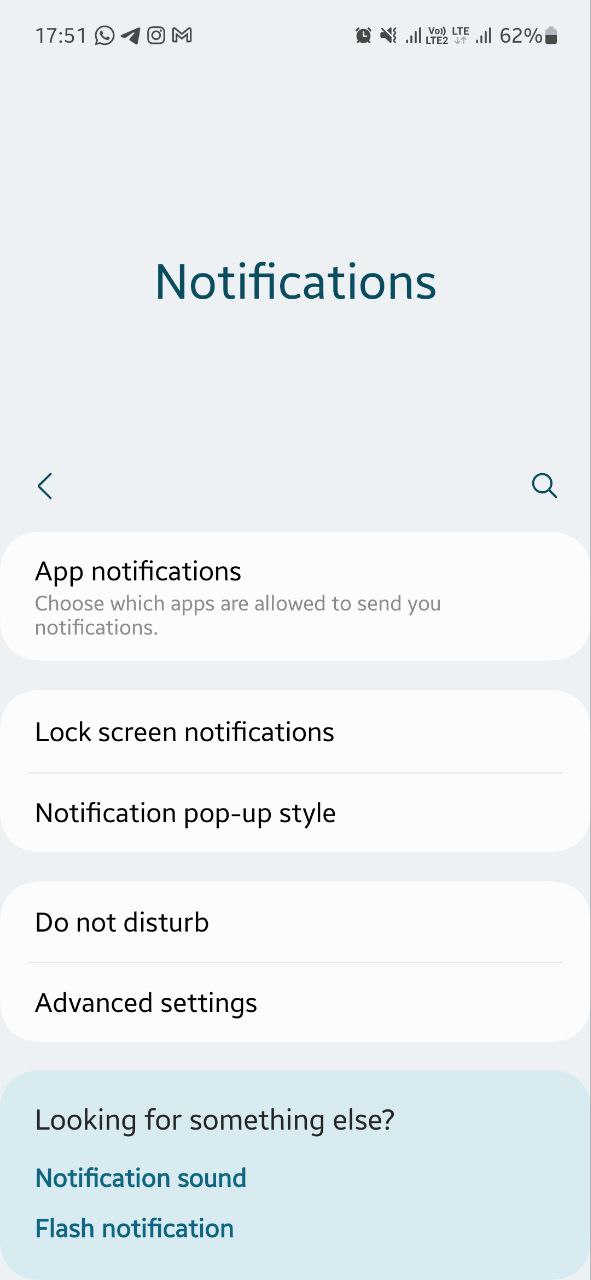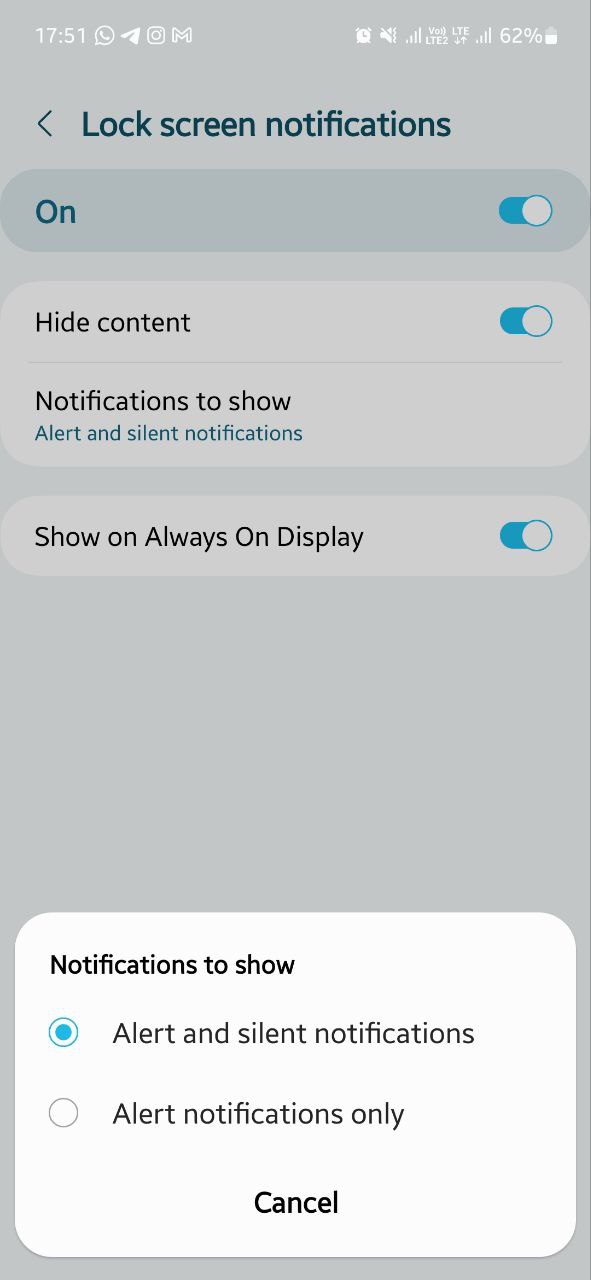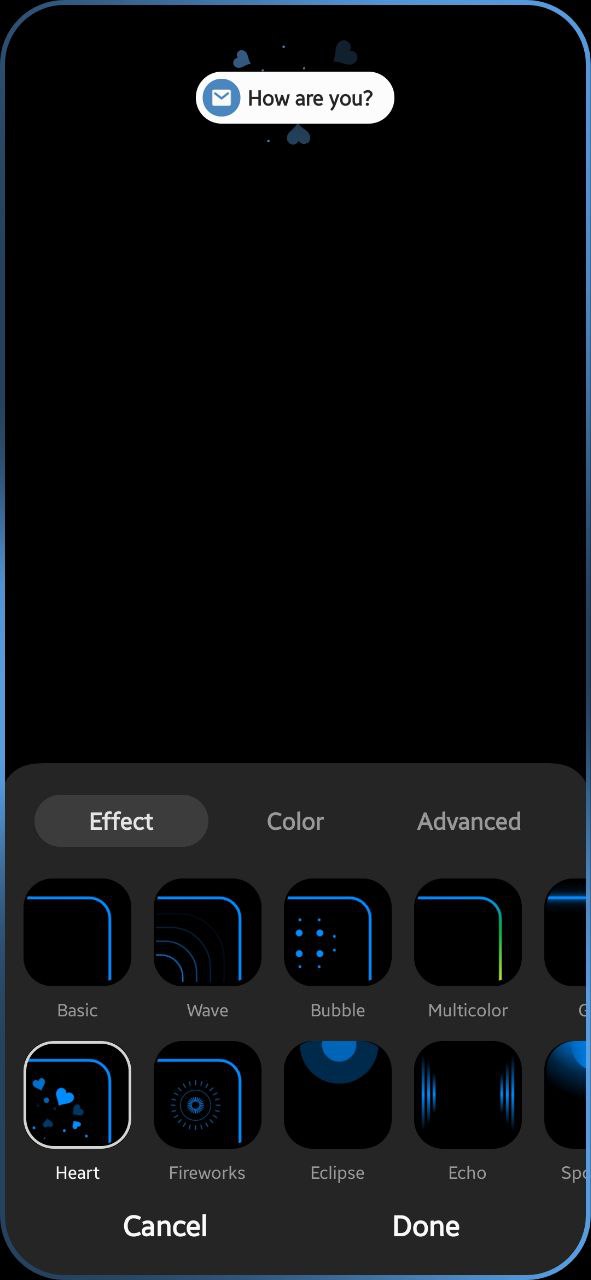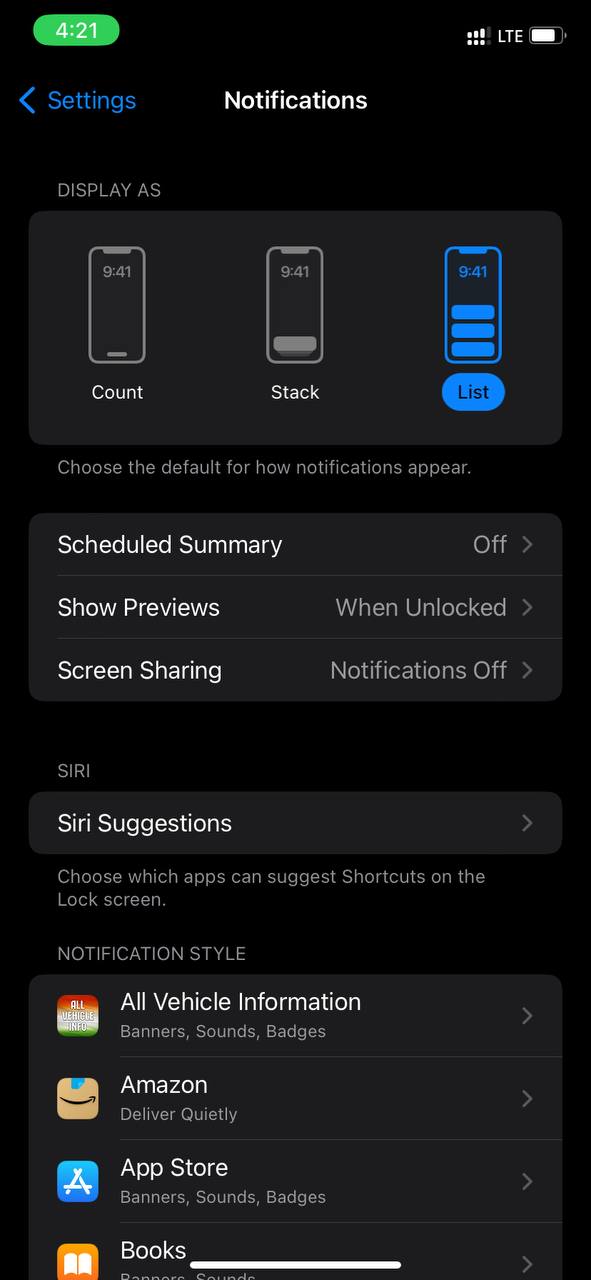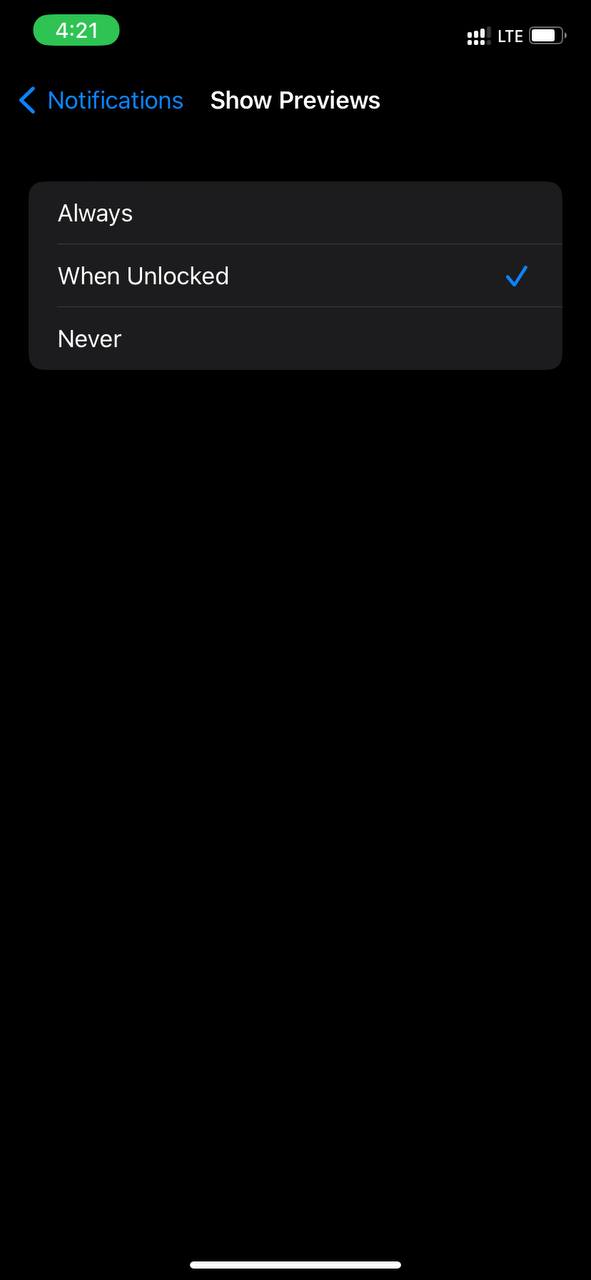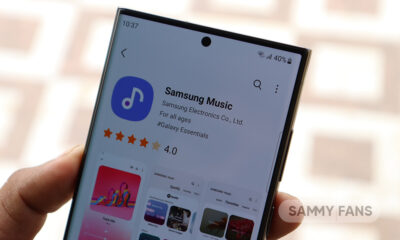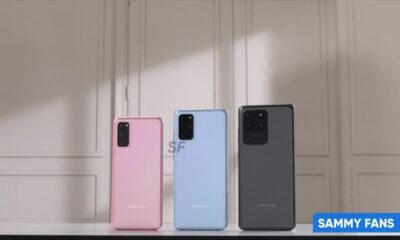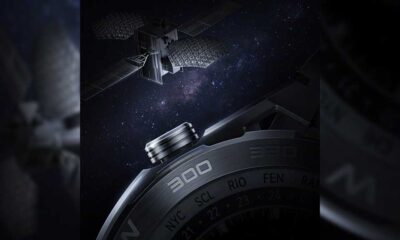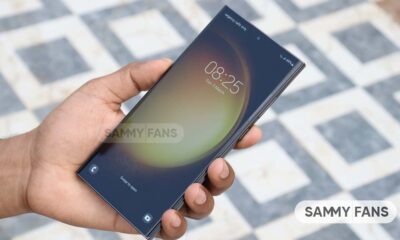Comparison
One UI 5.0 vs iOS 16 – Which has best Notification customization features?
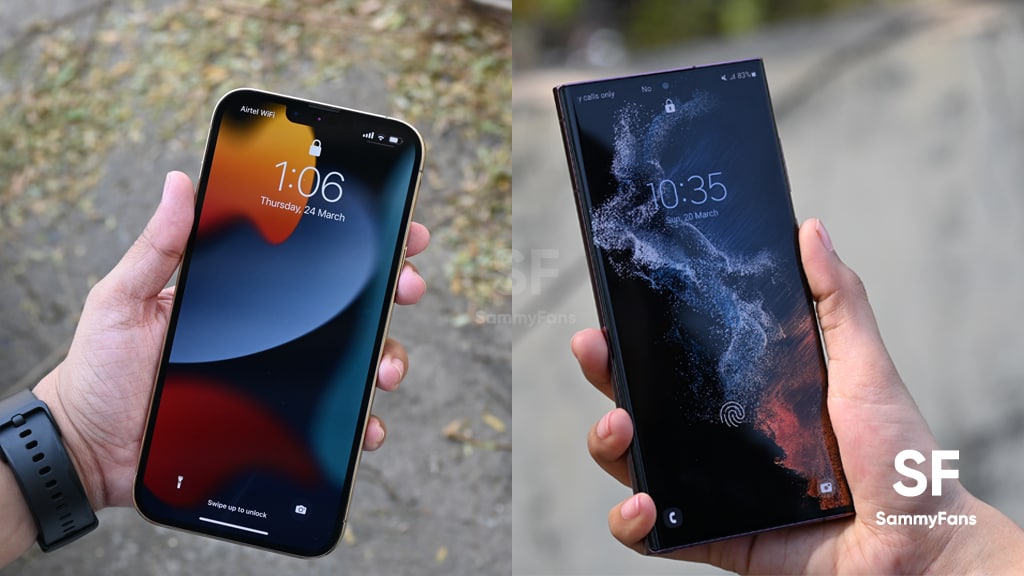
Samsung and Apple have introduced their latest software for their respective Galaxy and iPhone users. Both One UI 5.0 and iOS 16 bring a lot of new features and improvements, and we are going to see which one offers the best functions when it comes to Notification customization.
Notifications are an essential way to maintain at-a-glance insight into the people, messages, and app-related events that matter to them. But just getting notifications and reading them through the notification panel is not enough, we need some more advanced options to maintain our privacy and reduce clutter.
Let’s check out which smartphone brand offers the best Notification customization features – Samsung One UI 5.0 or Apple iOS 16.

One UI 5.0 Notification Customization
Samsung One UI 5.0 brings some notable tweaks to notifications. To begin with, the company has made app icons larger and more colorful in the Notification panel which helps you analyze at a glance which notifications came from which app.
Next, Samsung has brought an excellent feature to provide you with more control over your phone’s notifications, known as Notification permission. With this feature implementation in new software, when you use an app for the first time, it will ask you whether you want to receive notifications from it or not. You can say no to apps if you don’t want them to disturb you by sending worthless notifications.
Another great feature of One UI software is the Notification History which lets you see your cleared notifications so if you have accidentally cleared new notifications from the notification panel, you can still view them to stay aware of any new information.
Aside from these, you can choose which apps send alerts and which don’t, you can block app notifications, enable flash notifications, get notifications on bubble pop-ups, and select notification pop-up style, enable edge lighting, and much more. Meanwhile for privacy, you can also choose whether you want the notification content to show on the Lock screen or not.
iOS 16 Notification Customization
Apple has undoubtedly made its iOS 16 software a bit customizable for iPhone users. The company has also brought some changes to the Notification section. Firstly, iOS 16 has moved notifications to the bottom of the display to reduce clutter on the lock screen.
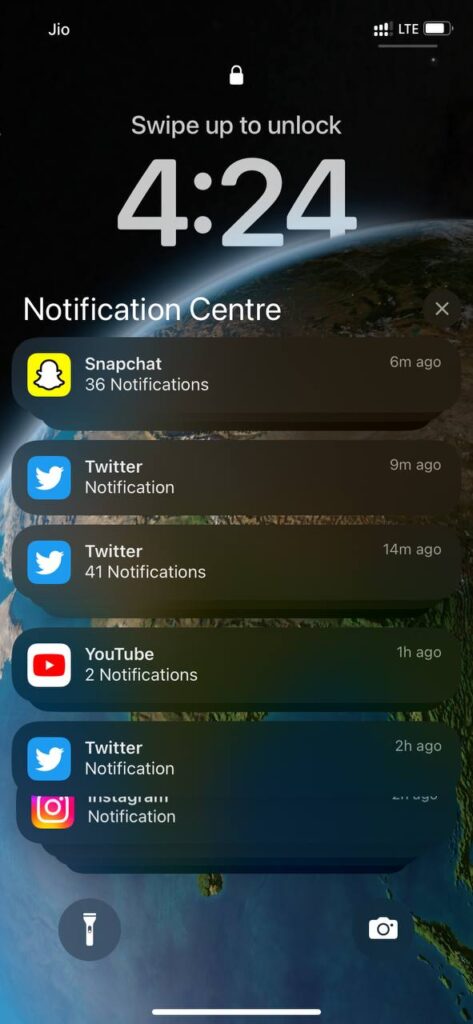
This move also makes room for the personalization features that you can now set up on your lock screen. Notifications on iPhones still work the same as they do earlier, one can simply swipe up to see them all, interact with them, and more. But there are also new ways to optimize what they do. Apple iOS 16 divides notifications into three different parts:
- Count: You see just a few words on your screen to tell you how many notifications you’ve got, and you have to swipe up to see them.
- Stacks: Notifications by the app are stacked on top of each other, and you can swipe to work through them.
- List: All your notifications in one list, just like they’ve always been.
You can also swipe down the notifications when in Stack or List view to instantly convert them to Count view. This is so handy if users just want to ignore notifications for a while but still want to check them.
One UI 5.0 vs iOS 16 – Notification Customization
I am not disagreeing that Apple’s work for the Notification section is not good. Actually, it’s great! But still, iOS 16 is far behind the customization capabilities of Samsung One UI 5.0 Notifications, and the company needs some more work so that it can walk next to Samsung.
Comparison
Samsung Galaxy S23 Ultra vs S22 Ultra: Camera Design
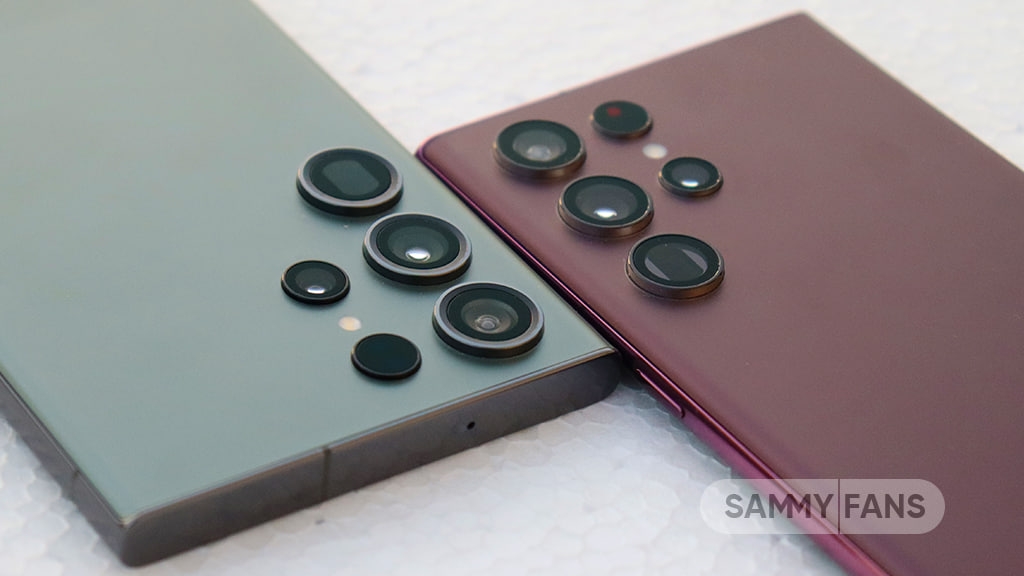
Samsung Galaxy S23 Ultra is a camera beast and brings a massive upgrade in features as compared to S22 Ultra but the design of this successor needs to be explored. In that case, we’ll have to do a comparison.
For your information, this comparison will look into the structure, layout, shape, lens count, and some key specifications of the rear camera module.
Design:
First comes the Galaxy S22 Ultra, which features a quad camera including a laser autofocus sensor and an LED flash. This system has two columns, the left side starts with a 12MP ultra wide-angle camera, followed by a 108MP wide-angle/main camera and the third one is a 10MP 10x periscope zoom camera.
The second column consists of a laser autofocus, an LED flash, and a secondary telephoto camera, capable of 3x zoom. Actually, the S22 Ultra resembles the S21 Ultra but without that large camera bump.
(Samsung Galaxy S23 Ultra – Left, Galaxy S22 Ultra – Right)
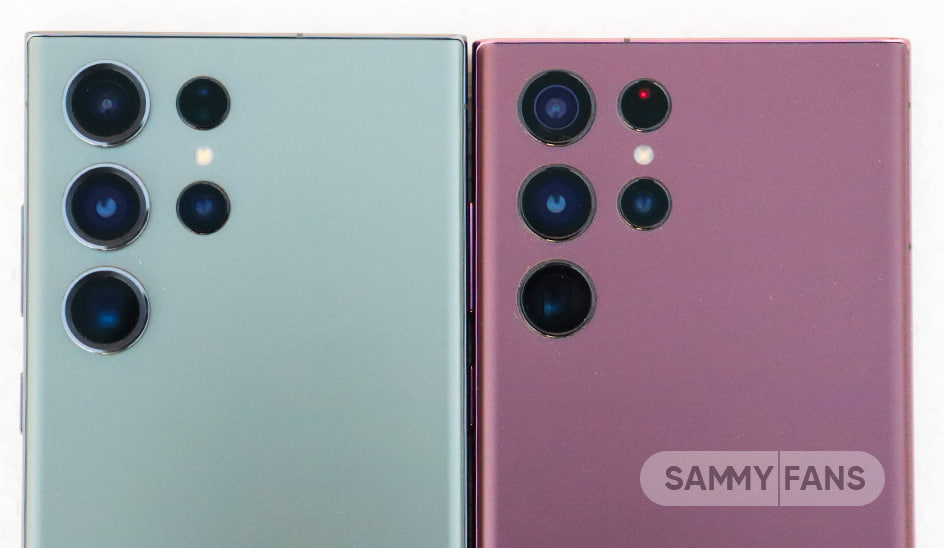
Successor?
If you look closely at the S23 Ultra, the difference between the camera structure and the aesthetics is barely noticeable. Because the Samsung Galaxy S23 Ultra willfully carries the camera design and layout from the S22 Ultra. Specifically, the first and second columns are identical in both devices. This is causing a variation in opinion among consumers who were expecting a major makeover.
Speaking of major, this flagship stands as a 200MP camera powerhouse. Using a super-resolution sensor, Samsung promises high-quality photography and robust optical image stabilization in videos.
Elegant Tweaks:
Aside from the layout and lens, Samsung Galaxy S23 Ultra brings a brand-new silver outsole ring. This tweak makes the entire module big, bulky, and elegant as compared to the past version.
In terms of appearance, this premium device strikes full marks for those new optimizations and it will definitely catch your eyes on the first look.
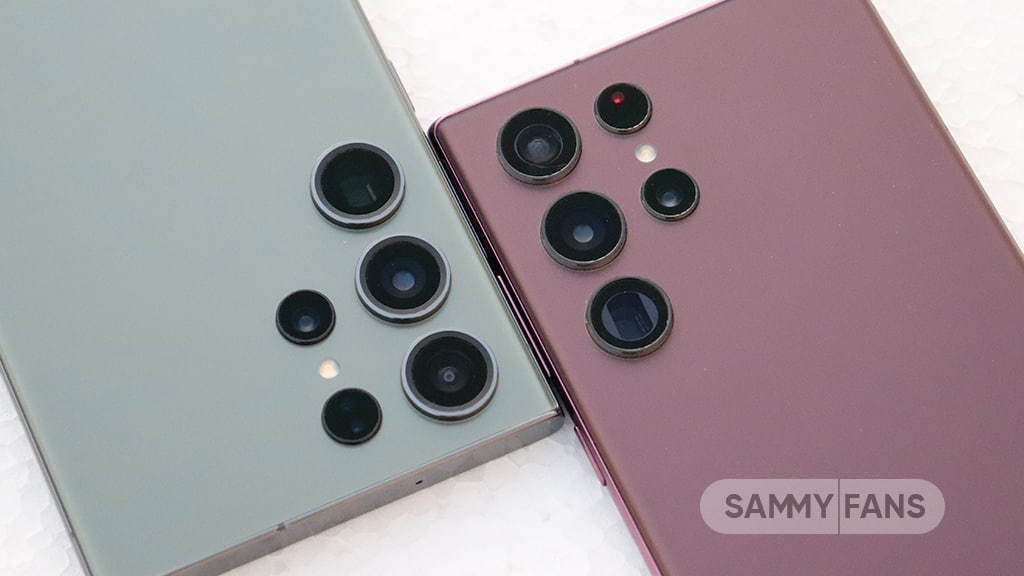
Comparison
Battery Widget – Samsung One UI 5.1 Vs Apple iOS 16
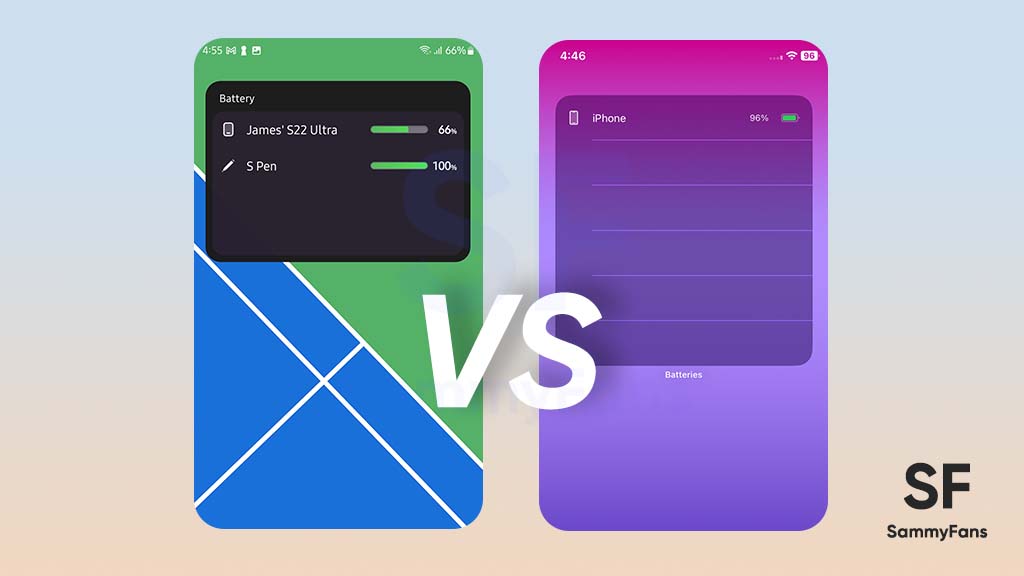
Samsung introduced a new battery status widget feature with the new One UI 5.1 software. Sadly, it’s not a new innovation as Apple’s iOS and Pixel’s Android already have such kind of widgets. Well, here we compare the battery widget of Samsung’s One UI 5.1 and Apple’s iOS 16 operating system.
Follow our socials → Google News, Telegram, Twitter, Facebook
Apple Battery Widget
Since Apple has already brought the battery status widget to iPhones, it has mastered the feature with generation improvements. In the latest iOS 16, there are three different battery widgets available on iPhones including a square (single), a rectangular (list), and a circular (4).
Samsung Battery Widget
Samsung’s battery widget introduces two choices for Galaxy consumers including the circular and square box styles. Both of the choices let you display the battery status of up to 8 devices including the smartphone itself. By default, the widget expands for 4 devices, which can be further enlarged for eight.

Comparison
One UI 5.1’s circular battery widget doesn’t have any background layer as all circles are arranged independently. On the flip side, iOS 16’s circular widget has a transparent layer so it can be clearly visible in any kind of wallpaper or home screen theme.
The One UI 5.1’s circular widget shows the device icon and percentage inside the circle, whereas the iOS takes additional space beside for percentage.
Talking about the second style, the rectangular widget of One UI 5.1 looks way better than the iOS 16’s. It has a solid background layer with an intuitive interface as well as a header, device icon, battery percentage bar, and text.
On the other hand, iOS 16’s rectangular battery widget keeps the same transparent background layer and occupies much space on the home screen. One UI can show the status of up to 8 devices, while iOS is limited to just 4.
Verdict
- Tied!
Apple’s battery status widget is unquestionably mature, compared to the first version of Samsung’s battery widget. Still, Samsung did a pretty good job when it comes to personalization of the widget and usability with a high amount of devices.
The circular widget of Apple looks better than the One UI, while the rectangular-styled widget of One UI clearly defeats iOS. It’s pretty difficult to make a winner in this comparison, as both have their own specialties and limitations. Well, which one do you prefer? Let us know through social media!
Comparison
Samsung Galaxy S23 Ultra vs Google Pixel 7 Pro – Fight for crown of Android
Samsung’s Galaxy S23 Ultra and Google’s Pixel 7 Pro are two of the best high-end Android smartphones available in the market. But which one to choose? Here’s a short comparison between these two Android kings.
The Galaxy S23 Ultra and Pixel 7 Pro look completely different, one has the vertical no-module camera set up while the other has a horizontal rear camera design.
Follow our socials → Google News, Telegram, Twitter, Facebook
The Galaxy S23 Ultra offers a bit larger display compared to the Pixel 7 Pro. Also, it is more durable as it uses Gorilla Glass Victus protection. On the other side, the Galaxy phone equips the world’s fastest Snapdragon processor made specifically for Galaxy.
When it comes to software, both phones drive Android 13 out of the box and support four major Android OS upgrades. Meanwhile, the Galaxy phone has some extra features that come with One UI 5.1.
The Camera and the camera features of Galaxy S23 Ultra is so good. It features a 200Mp camera and much improved nighttime photography. Whereas, the camera of the Pixel 7 Pro is also good to compete with the S23 Ultra.
For more information regarding the specifications of these phones, you can check out the comparison table mentioned below:
![]()
Samsung Galaxy S23 Ultra vs Google Pixel 7 Pro:
| Device name | Samsung Galaxy S23 Ultra | Google Pixel 7 Pro |
General
| Release Date | February 1, 2023 | October 6, 2022 |
| Dimensions | Height: 163.3 mm Width: 77.9 mm Thickness: 8.9 mm |
Height: 162.9 mm Width: 76.6 mm Thickness: 8.9 mm |
| Weight | 229 grams | 212 grams |
| S Pen | Yes | No |
Network
| Network Connectivity | 5G Compatible | 5G Compatible |
Processor
| Processor | Qualcomm Snapdragon 8 Gen 2 | Google Tensor G2 |
| CPU | 1×3.36 GHz Cortex-X3 & 2×2.8 GHz Cortex-A715 & 2×2.8 GHz Cortex-A710 & 3×2.0 GHz Cortex-A510 | 2×2.85 GHz Cortex-X1 & 2×2.35 GHz Cortex-A78 & 4×1.80 GHz Cortex-A55 |
| Operating System | Android 13 (One UI 5.1) | Android 13 |
| GPU | Qualcomm Adreno 740 | Mali-G710 MP7 |
Display
| Display Type | Dynamic AMOLED 2X | LTPO AMOLED |
| Screen Size | 6.8″ (120Hz) | 6.7″ (120Hz) |
| Screen Resolution | 1440 x 3088 px, 500 PPI | 1440 x 3120 px, 390 PPI |
Camera
| Rear Camera | Primary: 200MP Ultra Wide: 12MP Telephoto 1: 10MP Telephoto 2: 10MP |
Primary: 50MP Ultra Wide: 48MP Telephoto: 12MP |
| Front Camera | 12MP | 10.8MP |
Battery
| Battery Backup | 5000 mAh | 5000 mAh |
| Fast Charge | Wired: 45W | Wireless: 15W | Wired: 23W | Wireless: 23W |
Verdict: Samsung Galaxy S23 Ultra vs Google Pixel 7 Pro
- Winner – Galaxy S23 Ultra
It is a bit difficult to choose between these two phones as both are great. But since Samsung phones have some extra elements like One UI 5.1 features, Good Lock, Expert RAW, S Pen compatibility, 200MP camera, and advanced nightography, we would go for Galaxy S23 Ultra instead of Pixel 7 Pro.


